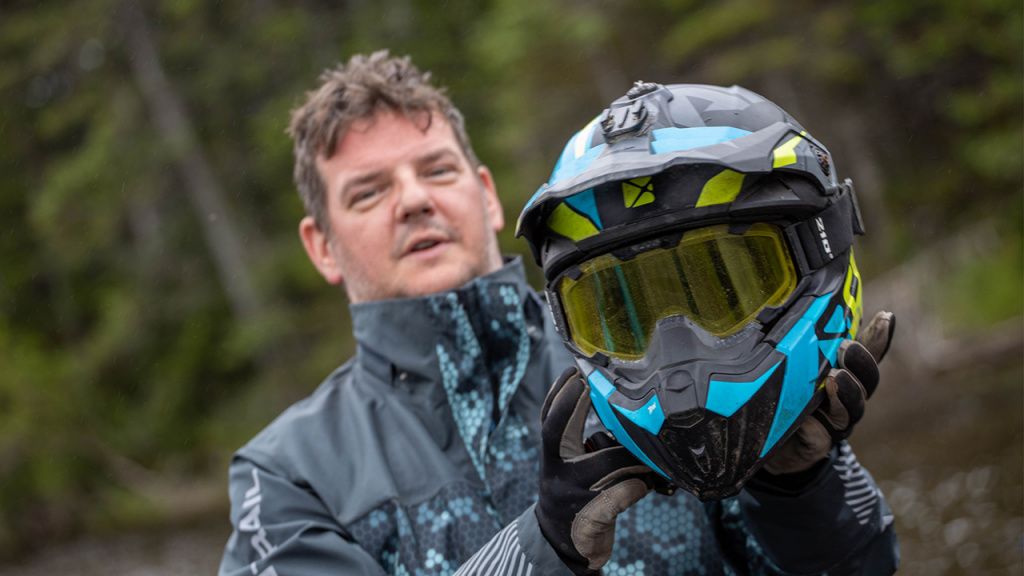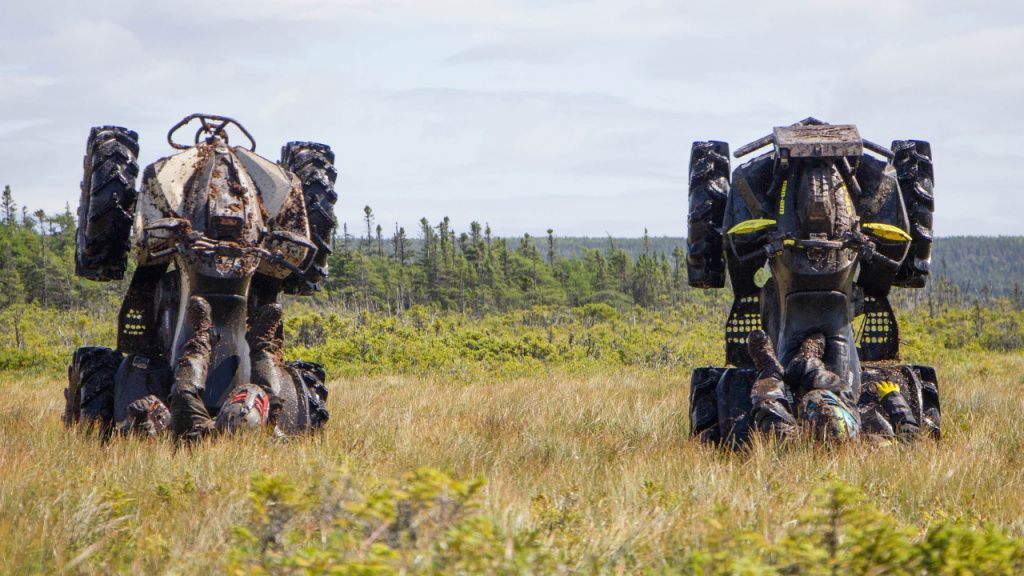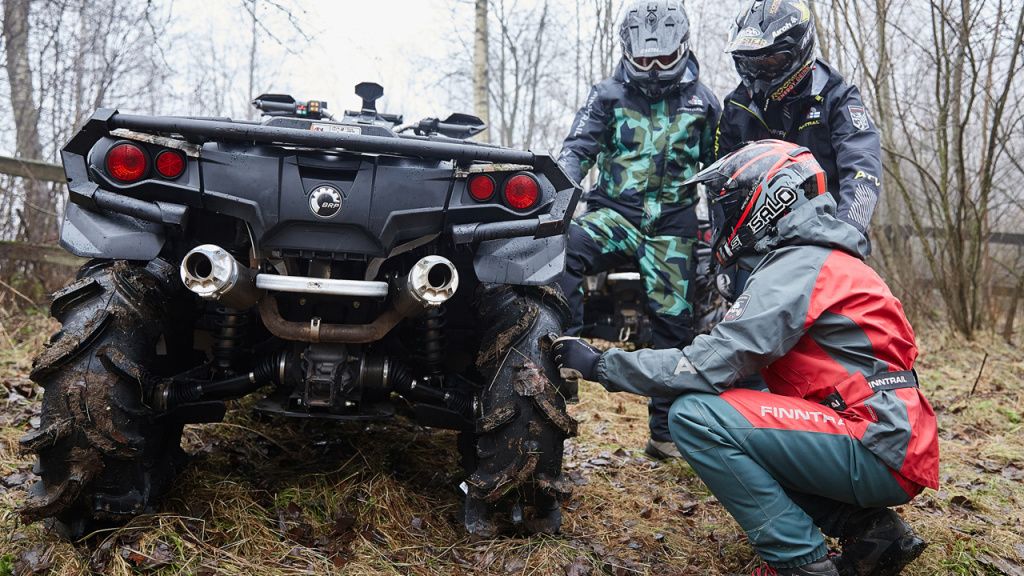How To Prevent ATV Accidents
For those of us that love them, there are few more exciting and fun things to do that ride an ATV. It’s a favorite pastime of many, and most rides go off without a hitch. But there’s a risk in overconfidence.
In the United States alone, around 800 people per year are killed in accidents involving an ATV. And approximately 130,000 people are treated for injuries related to ATV riding every year.
More serious injuries include broken limbs, internal organ injury, spinal cord injury, traumatic brain injury, and concussions. Mostly, these result from the rider being ejected from the vehicle at speed or the heavy ATV rolling over onto the rider.
ATV safety, therefore, must be taken seriously. In this article, we’ll look at 5 ways to reduce the chance of you or a family member being involved in an ATV accident.
1 - Wear the correct protective equipment

Easily the most critical step to ATV safety is wearing the safety gear that’ll protect you when things go awry.
At the top of the list is your helmet. It’s imperative to protect your head when riding, as head injuries are the primary cause of death or disablement arising from ATV use. 85% of head injuries can be avoided simply by remembering to wear a correctly fitting helmet at all times.
Protective gear doesn’t stop there, though. Gloves, boots, and goggles help prevent other injuries when you’re out on the trail. Goggles may seem excessive until you take a branch to the face at speed! Being able to recover quickly can help avoid more serious injury.
Protective gear should be bright, too. Being clearly visible to other riders can reduce the chance they’ll hit you in low light.
2 - Limit the use of ATVs by under-16s
Anyone under the age of 16 should not be riding an adult. Young people haven’t developed the coordination or experience of operating motorized vehicles and are twice as likely to be in an ATV accident due to reckless behavior or a general lack of understanding of the risks.
Some say not to allow children on ATVs at all. But safe, sensible use of an appropriate ATV with adult supervision can be a lot of fun and low risk. Young riders can safely use ATVs designed explicitly for their size as long you effectively supervise them.
3 - Learn how to ride an ATV

Car drivers often fail to recognize the significant difference between driving a car and riding an ATV. An ATV requires the precise use of your own weight to keep in control through sharp corners, hills, and terrain.
Beginners underestimate how powerful ATVs can be and overstretch themselves way too quickly. Start slowly, and work your way up. Preferably, take an ATV safety course that will teach you essential techniques like inspecting your vehicle, hill riding, navigating obstacles, and safely making emergency stops.
Many ATV accidents can be avoided if the rider maintains their balance and center of gravity when on the vehicle. Making a sudden stop or riding on a steep incline without correctly balancing is a cause of many ATV accidents.
Know your limits and the limits of your ATV. Avoid getting distracted, and only head to designated areas designed for riding. Stay clear of frozen water, rivers, and railroads.
4 - Look after your ATV and perform pre-ride inspections

Read your ATV’s owner manual to really understand everything about the powerful toy you’ve purchased. It’s important to know what to do when something goes wrong, so you’re not left stranded in the middle of nowhere.
Before riding, you should always check the fuel, fluids, lights, brakes, and tires of your ATV. The chains should be well lubricated, controls all functioning as expected, and headlights working perfectly. Tires should be even, free of foreign bodies, and set to the correct pressure.
Keep a quality toolkit on your ATV for the maintenance requirements that can arise when you’re out on the trail. Continuing to ride a malfunctioning ATV can be a recipe for disaster.
5 - Only ride if you’re up to the task
Don’t drink and ride or use your ATV when under the influence of drugs. Don’t ride when you’re exhausted, either, as your reaction time will be reduced.







































